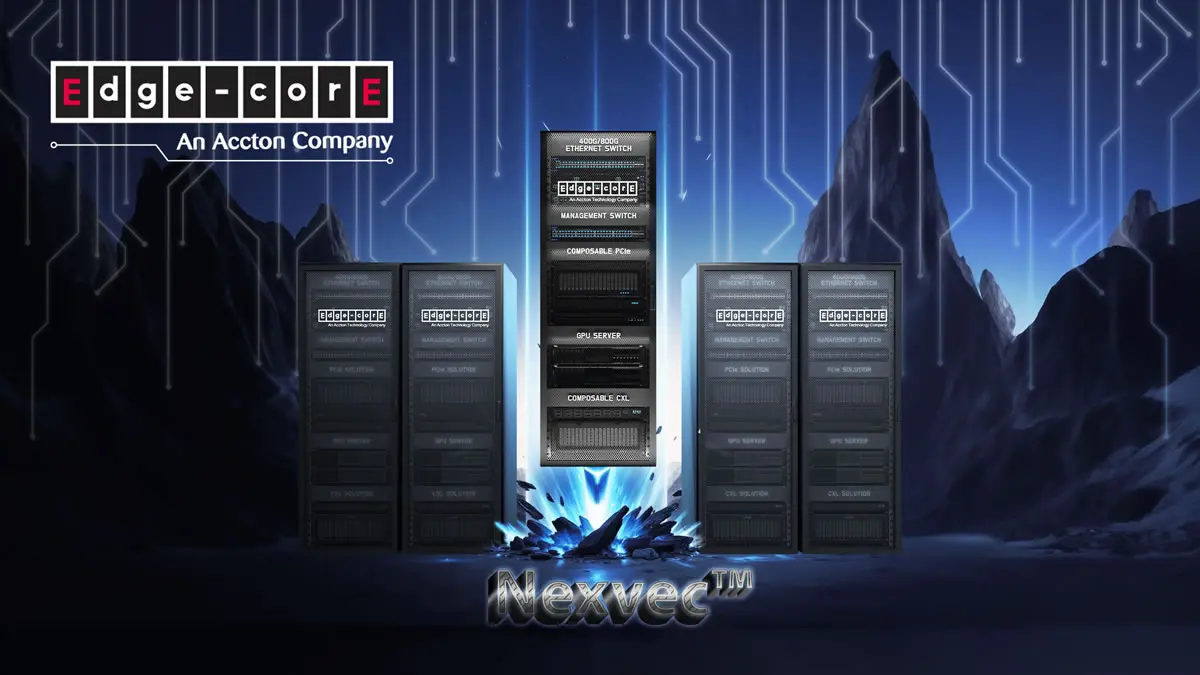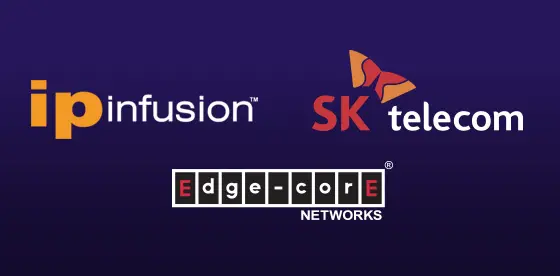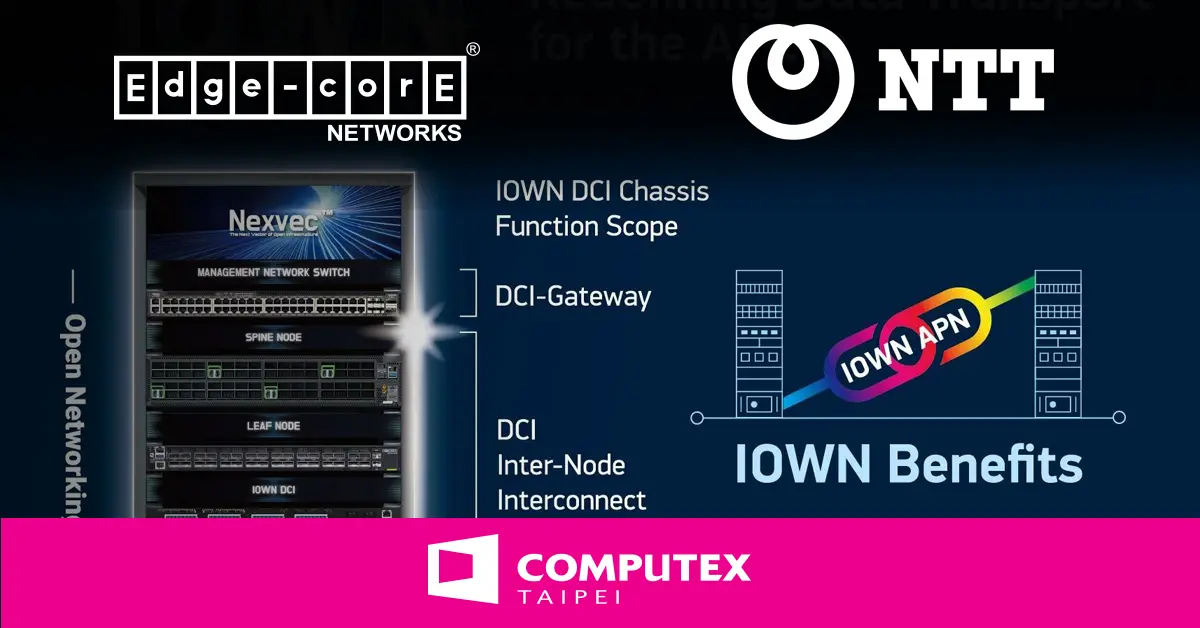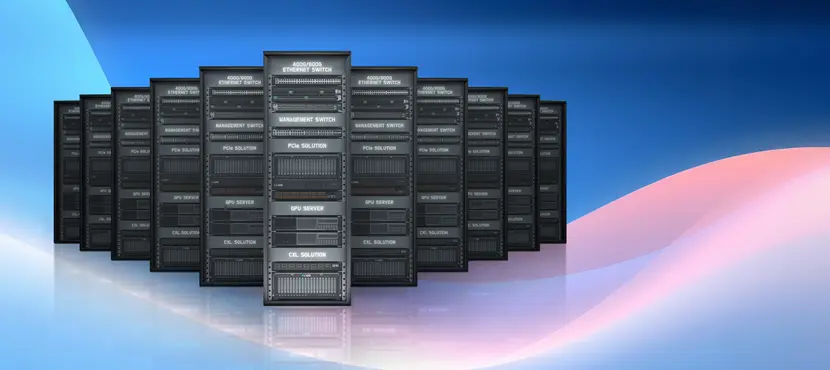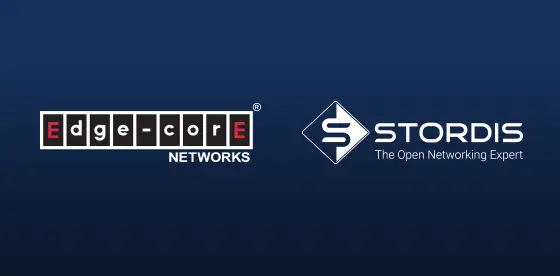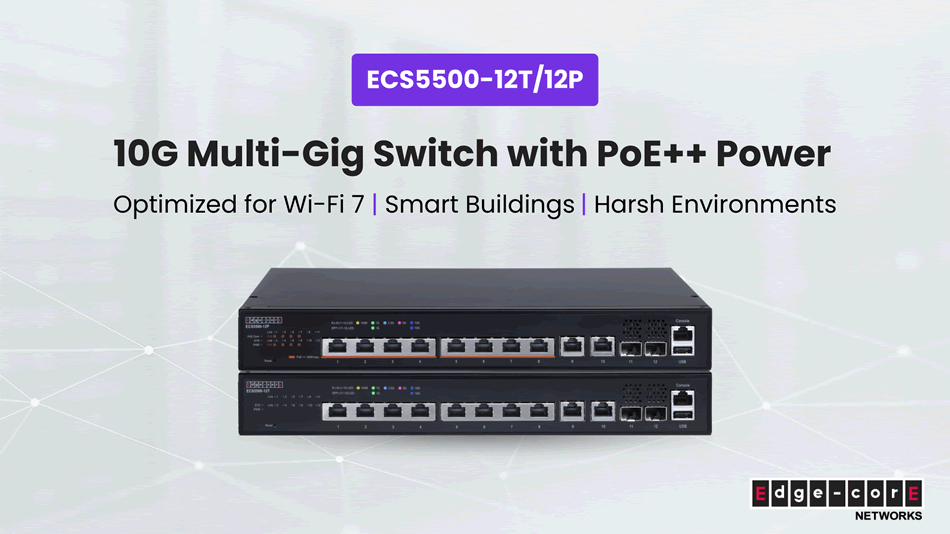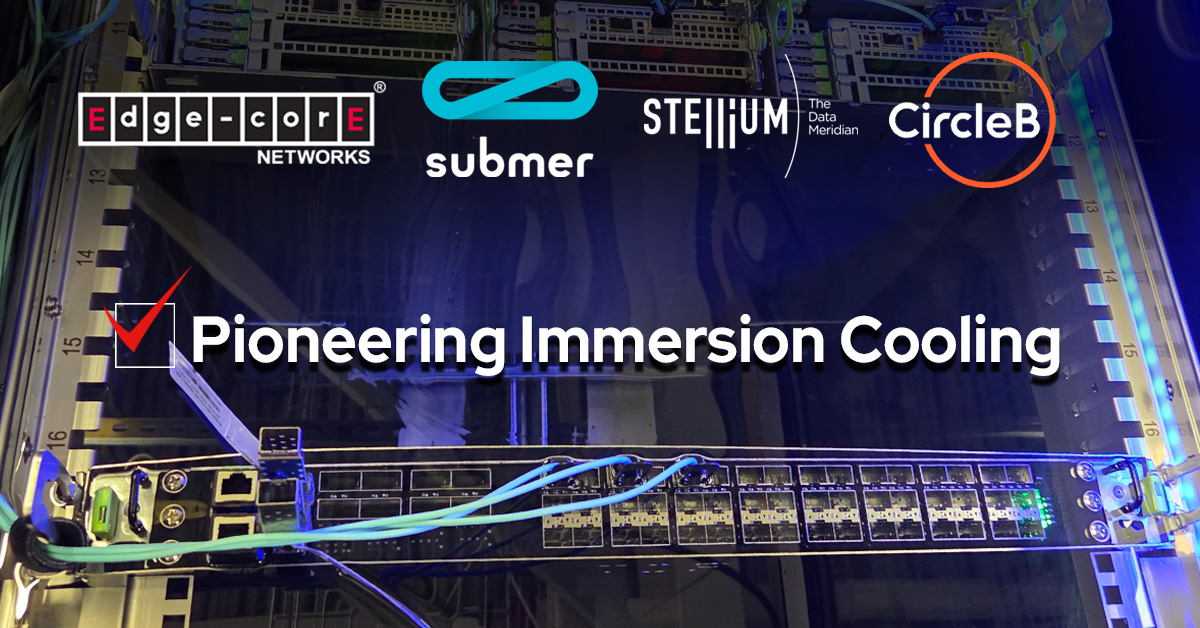Today, SONiC offers a compelling alternative to traditional proprietary network solutions with dramatically lower upfront and on-going costs.

In today’s AI and HPC driven world, network performance is paramount. Businesses of all sizes rely on robust and scalable networks to support critical business applications, from e-commerce platforms to creative services. While proprietary network solutions have long dominated the market, the rise of open alternatives based upon SONiC (Software for Open Networking in the Cloud) has challenged the status quo and offers a compelling choice for Enterprises and Cloud Service Providers alike due to performance, cost, scale and flexibility advantages that can be achieved with open networking.
To be clear, SONiC is the fastest growing an open-source network operating system that runs on merchant silicon, enabling network operators to build and operate their own high-performance, cost-effective networks. It was originally developed by Microsoft to power their Azure Cloud and later seeded to the open-source community, which is now maintained by the Linux Foundation. Unlike traditional network devices that rely on vendor-specific proprietary hardware and software, SONiC running on merchant silicon decouples the control plane from the data plane, allowing for wire-speed performance on the data plane and management innovation in the control plane. Just as community open-sourced Linux has become the DeFacto standard for servers in the data center, SONiC has quickly become the equivalent for the network.
Key Advantages of Using SONIC:
- Cost-Effectiveness: By leveraging SONiC software running on any of the more than 100 supported hardware platforms it supports, organizations can significantly reduce capital expenditures (CAPEX) and operating expenses (OPEX). CAPEX is reduced when vendor lock-in is eliminated allowing a choice of compatible hardware platforms from a wide range of suppliers. OPEX savings are derived when staffing, support resources, operational simplification and consistency are factored in.
- Flexibility and Customization: SONiC empowers network designers and operators with the freedom to customize and tailor their network infrastructure to meet specific requirements. This flexibility is crucial in today’s dynamic and evolving technological landscape and the large community of SONiC developers assure that any specific network capability desired can easily be achieved.
- Innovation and Agility: The open-source nature of SONiC fosters a vibrant ecosystem of developers and contributors, with premier members including Alibaba, Broadcom, Dell, Google, Intel, Microsoft, NVIDIA and 50+ global partners. This collaborative environment drives rapid and robust innovation, leading to faster adoption of new capabilities and quicker production availability.
- Community Support: The active community provides a wealth of experiential based support resources, including detailed documentation, user forums, and expert assistance from many organizations. This collective knowledge base can be invaluable for troubleshooting issues and resolving challenges.
- Interoperability: As an architecture, SONiC promotes interoperability between different network hardware devices and components, simplifying network management and reducing integration complexities. The abstraction of hardware and software enables SONiC to be consistent regardless of the type of hardware it is being deployed upon.
Real-World Use Cases for SONiC:
SONiC has gained significant traction and is rapidly growing in some of the world’s largest production environments, including:
- Data Centers: Cloud providers and large enterprises are increasingly deploying SONiC to build high-performance, cost-effective data center networks. They can use “off the shelf” or community distributions of SONiC, or may choose to create their own custom distribution defined for their own unique needs.
- Service Provider and Telecom Networks: Telecom operators are leveraging SONiC to modernize their networks and deliver innovative services, such as 5G and edge computing. Telecom enjoys the ability to leverage open source without having to compromise performance or security and by doing so, reduces their staffing, training, and maintenance complexities typically seen with many overlapping proprietary solutions are used.
- Enterprise Campus Networks: Enterprises are adopting SONiC to improve network performance, enhance security, and gain greater control over their campus networks. SONiC enables Enterprises to reduce their network operations costs. By enabling many of their previously deployed designs to now be implemented with a consistent SONiC foundation, NetOps is streamlined and broad skills become more commonplace.
Value Propositions of SONiC:
SONIC provides a compelling alternative to proprietary solutions by offering:
- Greater control and flexibility: Organizations gain greater control over their network infrastructure, enabling them to customize and optimize it to meet specific needs.
- Reduced costs: By eliminating vendor lock-in and leveraging merchant silicon, organizations can significantly reduce both capital and operational costs.
- Increased innovation: The open-source nature of SONiC fosters a vibrant ecosystem of developers, driving rapid innovation and accelerating the adoption of new technologies.
- Improved agility: SONIC empowers organizations to respond quickly to changing business demands and adapt their network infrastructure accordingly.
Conclusion:
SONiC represents a significant shift in the way large-scale networks are designed and implemented, and one of the best opportunities to design HPC and AI-centric computing infrastructures. Amazing advancements in merchant silicon and SONiC itself have driven the disaggregated opportunity from technical curiosity to commercial success in less than a decade. Today, SONiC offers a compelling alternative to traditional proprietary network solutions with dramatically lower upfront and on-going costs. And as the demand for high-performance and scalable data center networks continues to grow, SONiC is poised to play an increasingly important role in powering the digital transformation of businesses across the planet.
If you have any comments, inquiries or questions concerning our products & services, please complete the following form.
RECENT BLOGS
April 28, 2025
January 31, 2025


